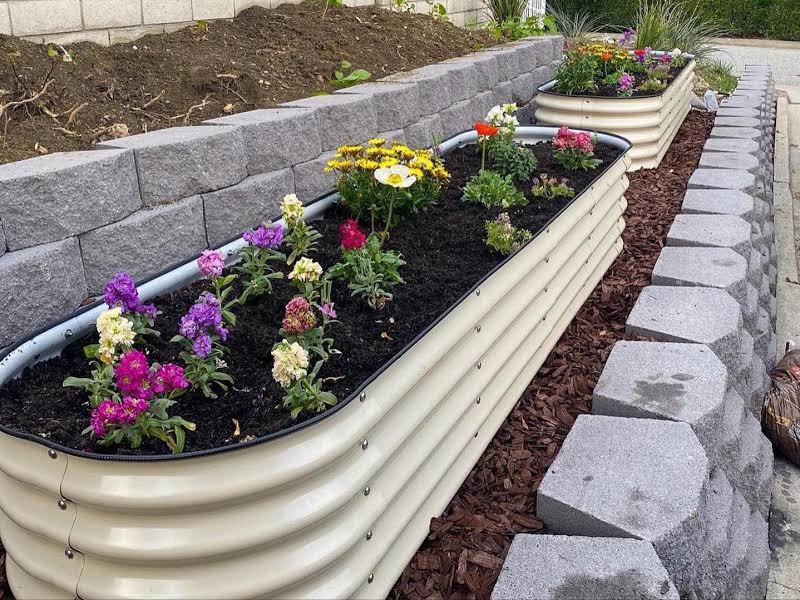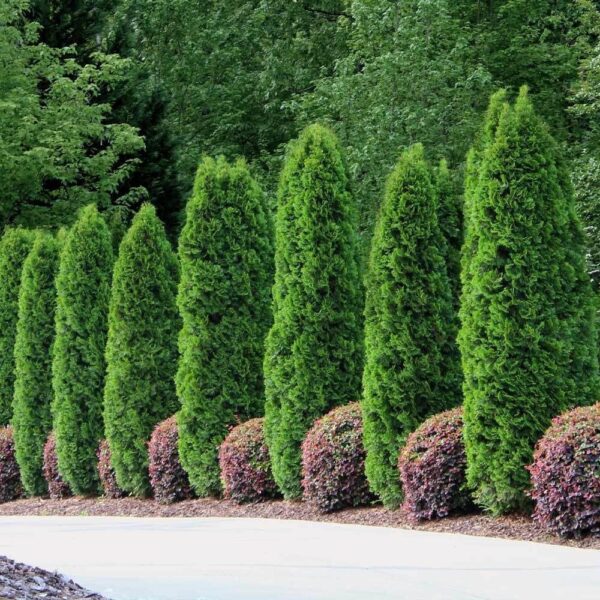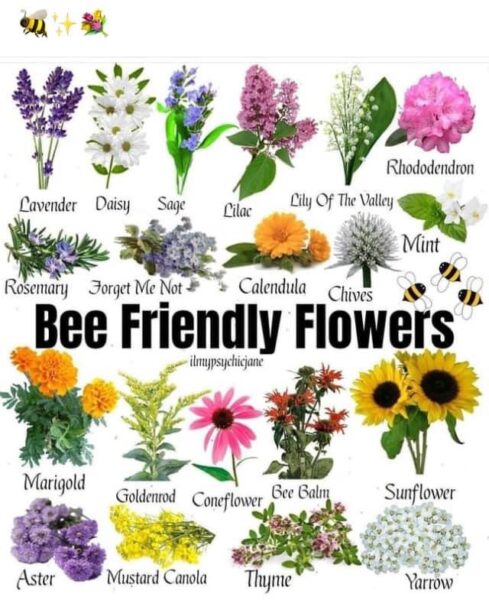Starting a garden can be an exciting and rewarding experience. Whether you have a spacious backyard or a small balcony, gardening allows you to connect with nature, grow your own food, and create a beautiful outdoor space. If you’re new to gardening, it’s essential to learn some basic tips to set yourself up for success. In this article, we’ll explore ten valuable tips for starting a garden, from planning and preparing the soil to choosing the right plants and providing proper care.

1. Determine Your Garden Space
Before getting started, assess the available space you have for your garden. Consider factors such as sunlight exposure, soil quality, and access to water. Determine whether you’ll be gardening in the ground, raised beds, or containers.
2. Plan Your Garden Layout
Create a garden layout that maximizes space and promotes healthy plant growth. Consider companion planting, where compatible plants are grown together to enhance pest control or improve pollination. Sketch a rough design or use online garden planning tools to visualize your layout.
3. Prepare the Soil
Healthy soil is the foundation of a thriving garden. Test your soil’s pH level and make necessary adjustments to create optimal conditions for plant growth. Remove any weeds, rocks, or debris, and amend the soil with organic matter, such as compost or aged manure, to improve its structure and fertility.
4. Choose the Right Plants
Select plants that are suitable for your climate, soil type, and sunlight conditions. Research the specific requirements of each plant, including their watering needs, growth habits, and expected size. Consider starting with easy-to-grow plants like tomatoes, herbs, or salad greens for a successful gardening experience.
5. Start with Quality Seeds or Seedlings
Obtain high-quality seeds or healthy seedlings from reputable sources. Check the seed packets for information on sowing depth, spacing, and germination time. If starting from seed, follow proper seed starting techniques, including providing adequate light, moisture, and warmth.
6. Provide Proper Watering
Watering is crucial for plant health, but it’s important to find the right balance. Avoid overwatering or underwatering by learning the specific watering needs of your plants. Check the moisture level of the soil regularly and adjust your watering schedule accordingly.
7. Implement Good Pest and Weed Management
Protect your garden from pests and weeds by implementing effective management strategies. Use organic pest control methods, such as companion planting, natural predators, or homemade remedies. Regularly inspect your plants for signs of pests or diseases, and promptly address any issues.
8. Mulch and Compost
Mulching helps retain soil moisture, regulate temperature, and suppress weed growth. Apply a layer of organic mulch around your plants, such as wood chips, straw, or compost. Additionally, composting kitchen scraps and yard waste can provide nutrient-rich organic matter to improve soil fertility.
9. Practice Regular Maintenance
Maintain your garden by regularly removing weeds, monitoring for plant diseases, and pruning when necessary. Deadhead flowers to encourage continuous blooming, and harvest ripe produce promptly. Regular maintenance keeps your garden tidy and promotes healthy growth.
10. Embrace Learning and Enjoy the Process
Gardening is a continuous learning experience. Don’t be discouraged by mistakes or setbacks. Embrace the process of trial and error, seek advice from experienced gardeners, and expand your knowledge through books, online resources, or local gardening communities. Most importantly, enjoy the journey and take pleasure in watching your garden flourish.
Conclusion
Starting a garden is an enriching endeavor that allows you to connect with nature, grow your own food, and create a beautiful outdoor space. By following these ten tips, you’ll be well on your way to establishing a successful garden. Remember to plan your garden layout, prepare the soil, choose suitable plants, and provide proper care. With patience, dedication, and a little bit of green-thumb magic, you’ll enjoy the fruits of your labor as you watch your garden thrive and bloom.
As an Amazon Associate we earn from qualifying purchases through some links in our articles.




